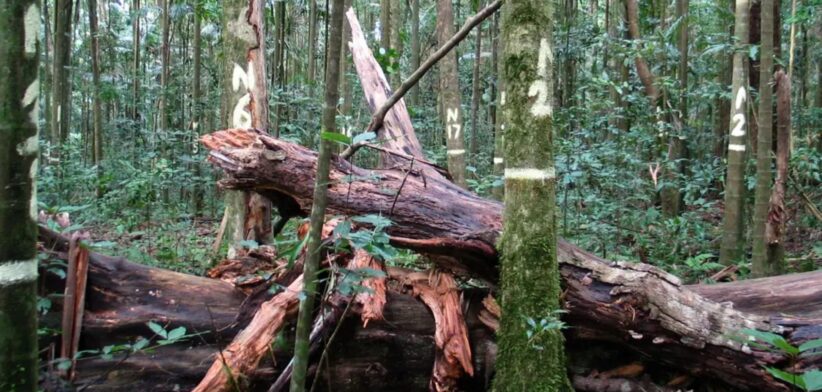The deteriorating health of tropical rainforests are turning them into carbon emitters, as opposed to the traditional carbon sinks relied on to combat the greenhouse effect.
A new international study involving researchers from The Australian National University (ANU), found the woody biomass, or trees and branches, of Australia’s tropical rainforests had become a net source of carbon dioxide to the atmosphere.
Study lead author Dr Hannah Carle said Australia’s wet tropics were the first globally to show this response to climate change.
Dr Carle said, usually, tropical forests absorbed more carbon than they released, making them a carbon sink.
She said woody biomass played a key role in this process, alongside forest canopies and soils.
“Tropical forests are among the most carbon-rich ecosystems on the planet. We rely on them more than most people realise.
“Forests help to curb the worst effects of climate change by absorbing some of the carbon dioxide released from burning fossil fuels. But our work shows this is under threat.”
Dr Carle said the change found in the study was largely due to increased tree mortality driven by climate change, including increasingly extreme temperatures, atmospheric dryness and drought.
“Regrettably, the associated increase in carbon losses to the atmosphere has not been offset by increased tree growth. This is surprising because higher carbon dioxide levels should make it easier for plants to scavenge carbon dioxide from the air, leading to more tree growth and greater carbon sink capacity.”
She said the findings had significant implications for emissions reduction targets, which were partly based on the estimated capacity of forests to continue to absorb emissions and help mitigate climate change.
“Current models may overestimate the capacity of tropical forests to help offset fossil fuel emissions.
“We also found that cyclones suppress the carbon sink capacity of woody biomass in these forests. This is cause for concern with cyclones projected to become increasingly severe under climate change, and to impact areas further south, affecting additional stretches of forest to a potentially greater extent.”








